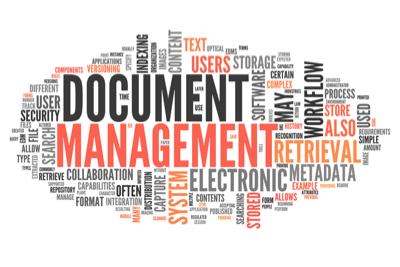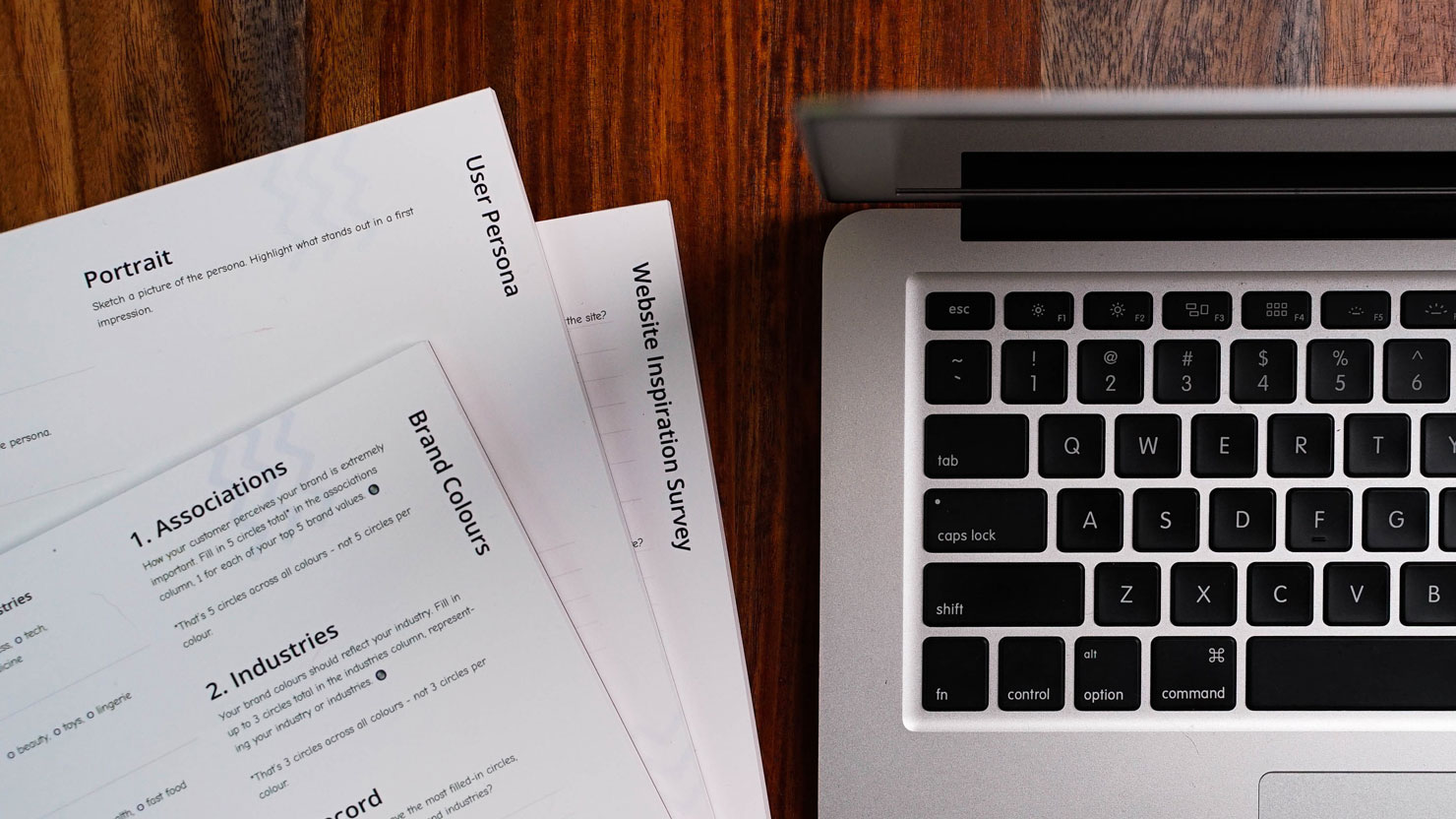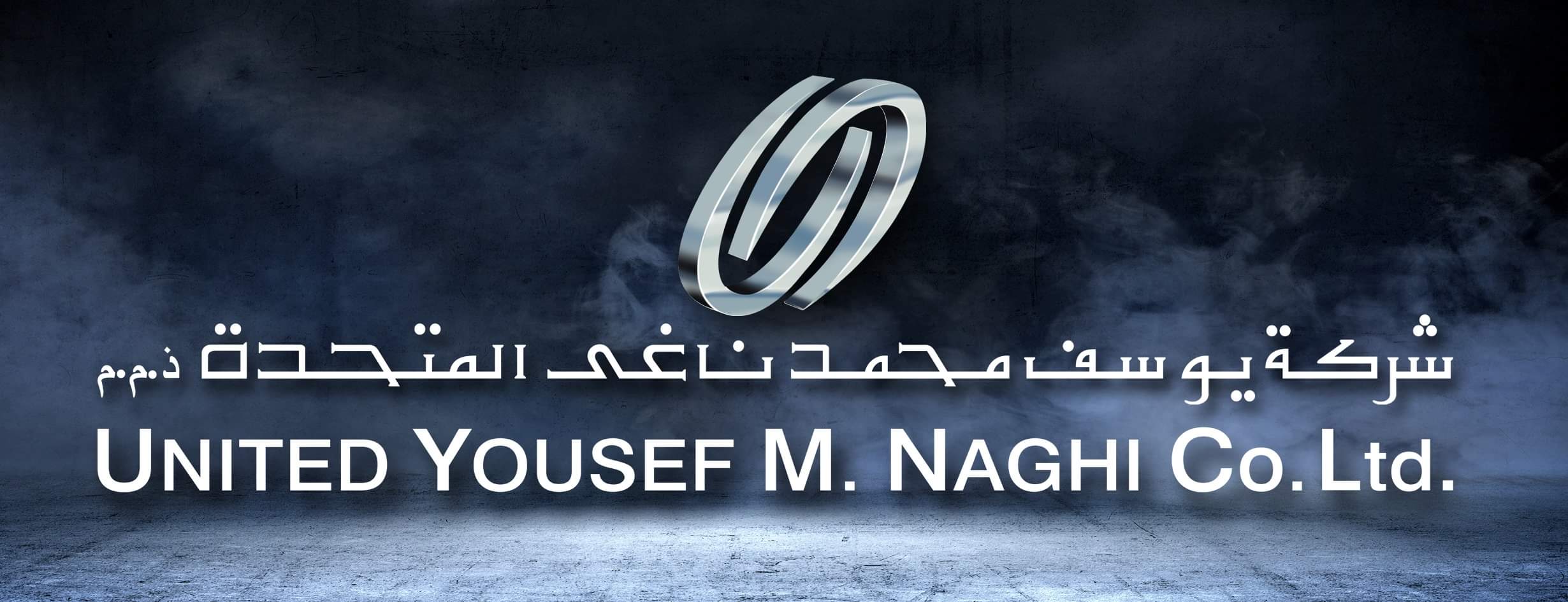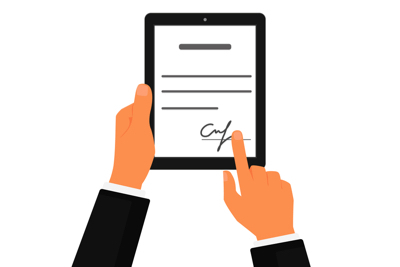For many businesses, the invention of electronic signatures in the 1990’s marked the start of the digital transformation – into a paperless office. Naturally, the environmental benefits were clear, but it also dawned on companies that working completely digital would allow them to be much more efficient. Nowadays, e-signatures might have become commonplace, but they are just one piece of the puzzle. In order to totally leave paper behind, companies need solutions that let them completely and securely manage their signed documents. That is where Digital Transaction Management comes in.
Digital Transaction Management (DTM) takes all the processes businesses used to conduct on paper and digitizes these, allowing companies to manage these document-based transactions in a completely electronic manner. And DTM is on the rise: according to Aragon Research, by the end 2020, 65 percent of all businesses are expected to have completely switched to DTM: it saves them time, allows for more effective collaboration, and greatly improves security.
Effective collaboration
However, digital does not necessarily mean effective. On the contrary: lots of workers still rely on e-mail to collaborate on documents, attaching these and sending them around. Or they choose to upload those documents to a local shared server, where they are constantly at risk of circulating multiple different versions of the same document. A DTM solution typically allows multiple people to work in the same document, and at the same time: edits can be differentiated by time stamps. If employees want to work from home, they can easily do so, because they are able to access their files from every device and at any place they want – of course only after they have been given access.
Time-saving
Digital processes are not only convenient, they also save a lot of time. Companies can use a DTM solution to create digital workflows, for example when they close a deal with a new client. Contracts no longer need to be printed, signed, scanned and uploaded: one can just sent a digital version, which is automatically stored in the right place after it has been signed and returned. Hiring new employees also becomes much more efficient: HR is traditionally ‘paper-heavy’. When all this documentation no longer exists on paper but is instead sent, signed and returned digitally, it saves a lot of time.
Safely secured
Nearly all documents contain confidential company information, or – in the case of HR – even personal details. Which brings us to another important point: safety. Not sending contracts around in physical form diminished the chances of them getting lost. They might, for example, get buried in an e-mail inbox, or may accidently be left at someone’s desk, with all the consequences this entails. Using a DTM solution to manage these processes prevents these accidents from happening. Moreover, it makes complying with regulations much easier, because every transaction in a DTM solution leaves a digital audit trail. This is especially important now that eIDAS, a new set of rules for electronic identification and trust services within the European single market has been enacted, compelling companies to be able to map and show their previous actions.









